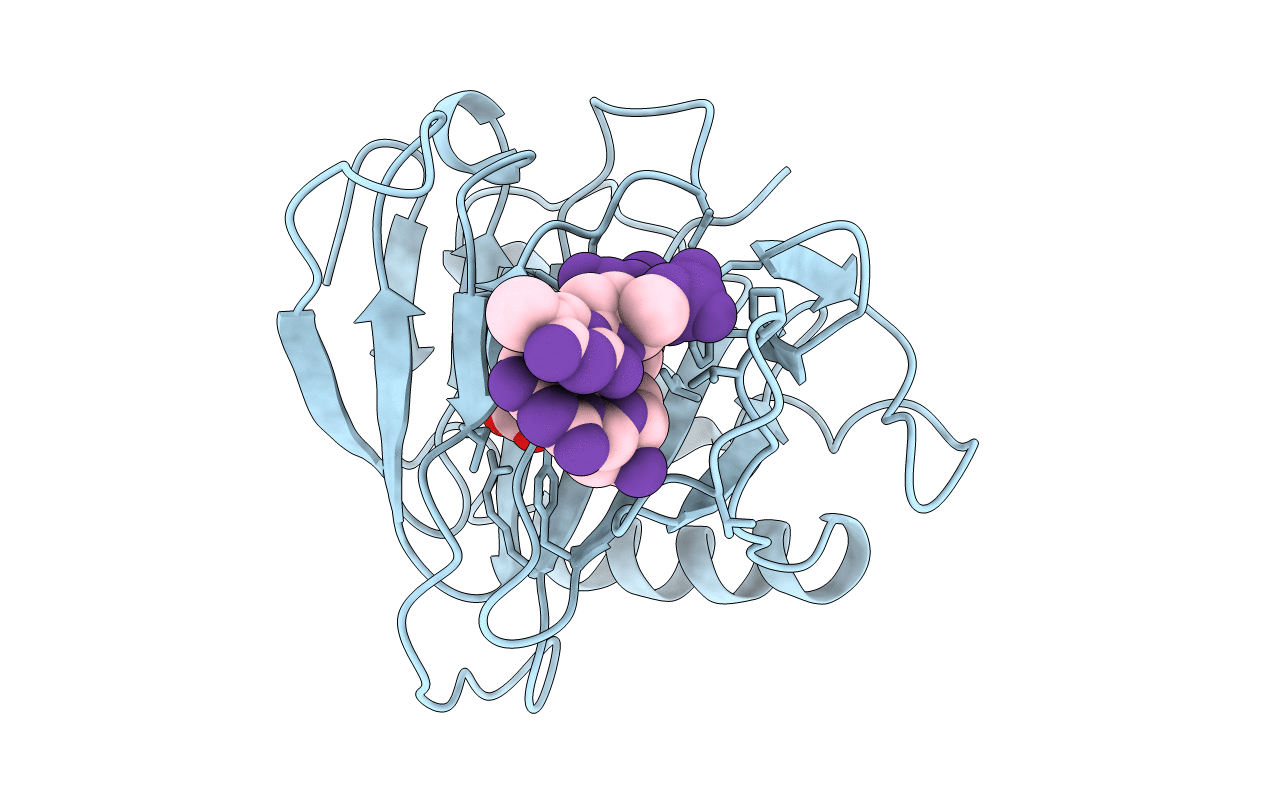
Deposition Date
2005-12-13
Release Date
2006-02-21
Last Version Date
2023-08-30
Entry Detail
PDB ID:
2FDF
Keywords:
Title:
Crystal Structure of AlkB in complex with Co(II), 2-oxoglutarate, and methylated trinucleotide T-meA-T
Biological Source:
Source Organism:
Escherichia coli K12 (Taxon ID: 83333)
Host Organism:
Method Details:
Experimental Method:
Resolution:
2.10 Å
R-Value Free:
0.23
R-Value Work:
0.19
Space Group:
P 43


